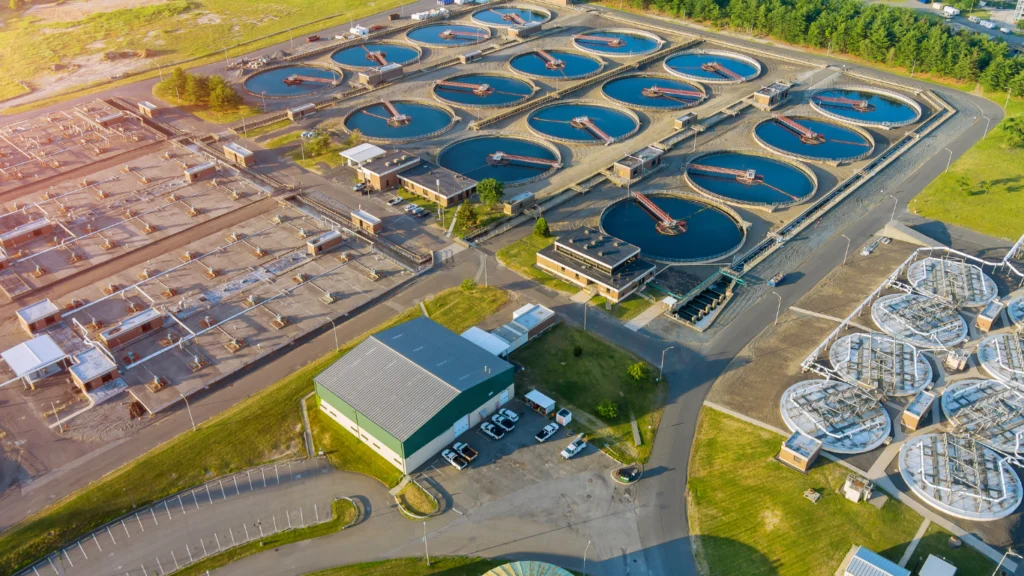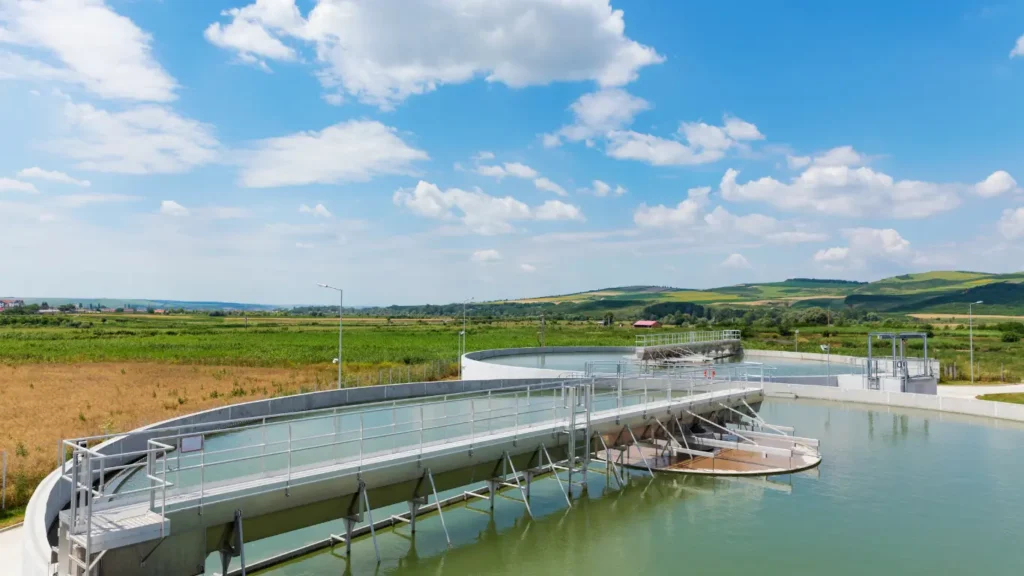Handling wastewater is a big deal for industries, and as we become more environmentally conscious, finding smart solutions becomes crucial to meet strict rules. The need to be sustainable and environmentally compliant has sparked a strong focus on finding creative solutions. Introducing ZLD (Zero Liquid Discharge) – a smart method becoming popular for not just reusing of liquid waste after treatment, but also reclaiming valuable resources. Yet, ensuring smooth operation for ZLD systems isn’t easy as it demands inventive solutions, and that’s precisely where Scaleban comes into play.
By embracing Scaleban, industries not only meet regulations but also make their ZLD systems more efficient, sustainable and cost-effective. It’s like upgrading your wastewater management system. Scaleban isn’t just a solution but it’s a game-changer that contributes to a greener, more sustainable future.
Click here to explore how Scaleban can optimize your ZLD systems and contribute to sustainable water solutions!
Understanding the Challenges
Implementing ZLD systems comes with its set of challenges, ranging from scaling issues, membrane fouling, to corrosion concerns. The accumulation of scale deposits on equipment surfaces poses a significant threat to system efficiency, leading to increased operational costs and decreased overall performance. Moreover, membrane fouling, caused by the build-up of impurities, compromises the effectiveness of the ZLD process, demanding regular maintenance and replacement of expensive filtration components.
How is Scaleban – The Ultimate Solution!
Scaleban technology is a super advanced water treatment solution that plays a key role in solving problems that come with setting up conventional ZLD systems such as Wastewater RO and MEE. Following ETP, the treated wastewater is utilized as a makeup to cooling towers, where it is operated at high COCs of 15-20 and TDS concentrations of 30% with modest blowdown without compromising plant performance.
This method eliminates the need for fresh water in cooling towers, eliminates heavy blown from cooling towers, and ensures zero scaling, corrosion, and biofouling in cooling towers and heat exchangers. The use of Scaleban Technology in the cooling tower circuit reduces the need for wastewater RO and MEE, which have high CAPEX and OPEX and contribute to high CO2 emissions.

Click here to explore how Scaleban can optimize your ZLD systems and contribute to sustainable water solutions!
How to take on the challenge of Membrane Fouling?
In the Process RO Plant, a major headache is membrane fouling – a situation where impurities build up on membranes, messing with the filtration process and water quality. Think of it like a clogged-up filter in your home, but on a larger scale. Now, enter Scaleban with its clever formula acting as an anti-foulant. This technology prevents impurities from gunking up the membranes, leading to better filtration, less downtime, and a longer life for your membranes. In Industries where RO plant required for process, operates more sustainably, keeping the membranes fouling free for long time and with less down time for CIP’s with the help of Scaleban Technology.
How can Scaleban help in shielding against Corrosion?
Scaleban isn’t just a one-trick pony; it goes beyond preventing scaling and fouling. In ZLD systems dealing with aggressive water chemistries that can speed up equipment corrosion, Scaleban becomes a protective shield. It forms a barrier, shielding critical components and ensuring the whole system’s durability. It’s like giving your equipment a suit of armour against corrosion, making sure everything stays in top-notch condition for the long haul. Scaleban truly is the hero industry using ZLD systems needed for reliable and robust wastewater management solutions.
How does Scaleban work efficiently in advancing Sustainable Water Management and UN SDGs through Innovative Technology?
Scaleban, with its innovative technology, plays a crucial role in advancing the United Nations Sustainable Development Goals (SDGs). Specifically, under the SDG Goal 6: Clean Water and Sanitation, Scaleban contributes by addressing scaling, membrane fouling, and corrosion in water treatment processes. By inhibiting the formation of scale deposits on surfaces, Scaleban promotes the efficient use of water resources, aligning with Goal 6’s objective of ensuring the availability and sustainable management of water and sanitation for all. Additionally, Scaleban’s anti-fouling properties enhance the longevity and effectiveness of membranes, supporting Goal 9: Industry, Innovation, and Infrastructure. Moreover, by providing robust corrosion protection, Scaleban aids in maintaining and extending the life of equipment, aligning with Goal 12: Responsible Consumption and Production. In essence, Scaleban serves as a valuable ally in the pursuit of sustainable water management, contributing to multiple SDGs and fostering a more environmentally conscious and responsible industrial landscape.
As industries strive to achieve environmental sustainability through the adoption of Zero Liquid Discharge systems, addressing challenges is paramount for success. Scaleban emerges as a transformative solution, providing an effective means to combat scaling, membrane fouling, and corrosion in ZLD systems. By integrating Scaleban into their wastewater management strategies, industries can not only meet regulatory standards but also enhance operational efficiency, reduce costs, and contribute to a greener, more sustainable future. Embrace the power of Scaleban and revolutionize your approach to wastewater management today!
